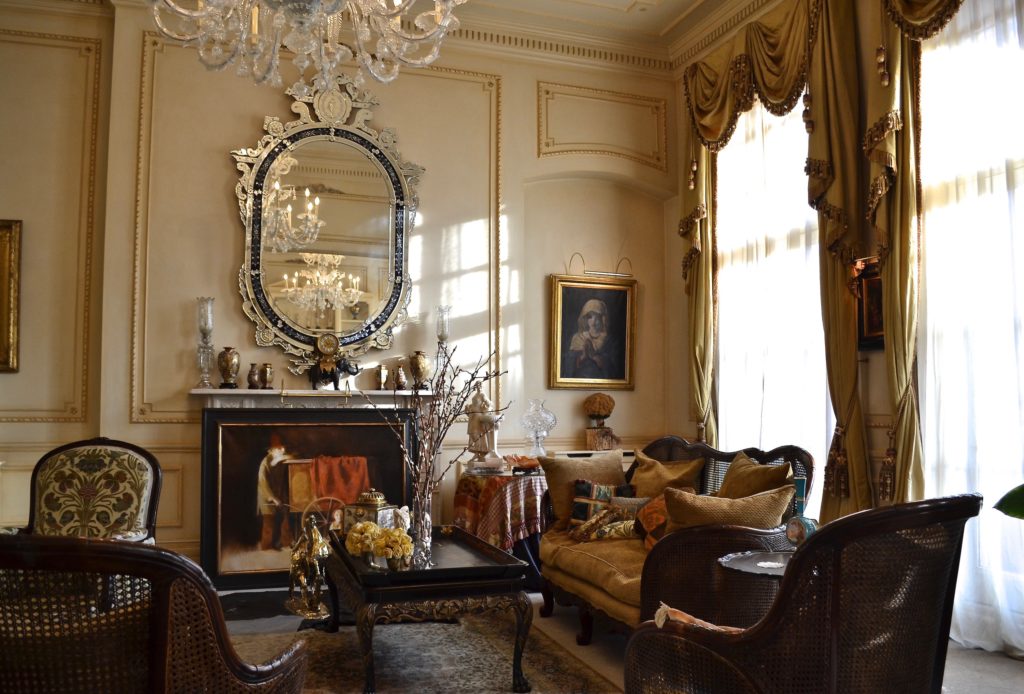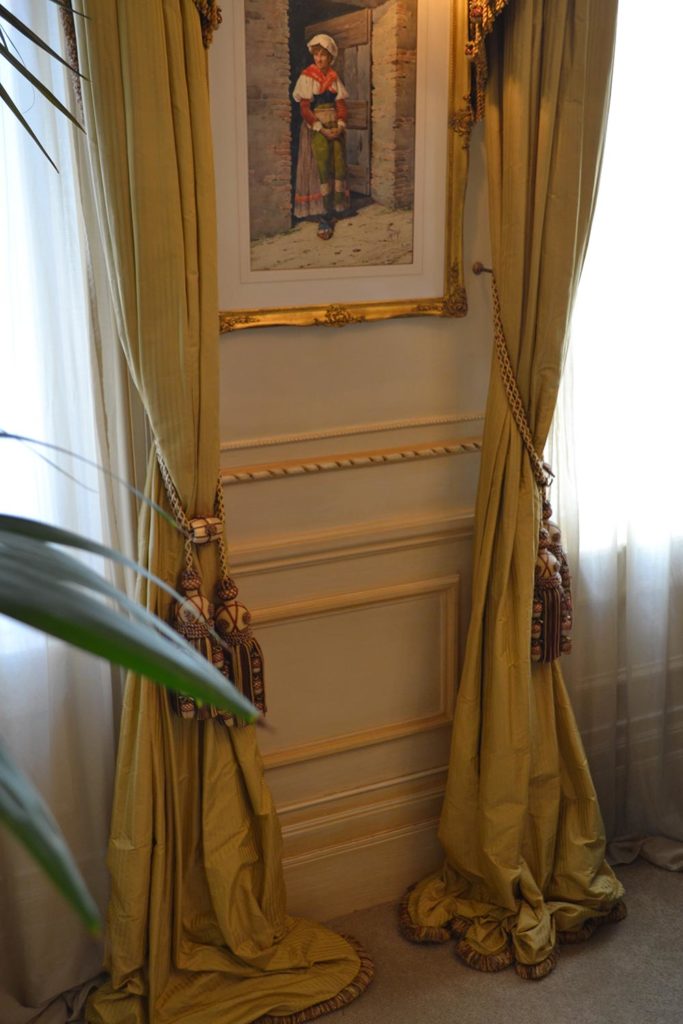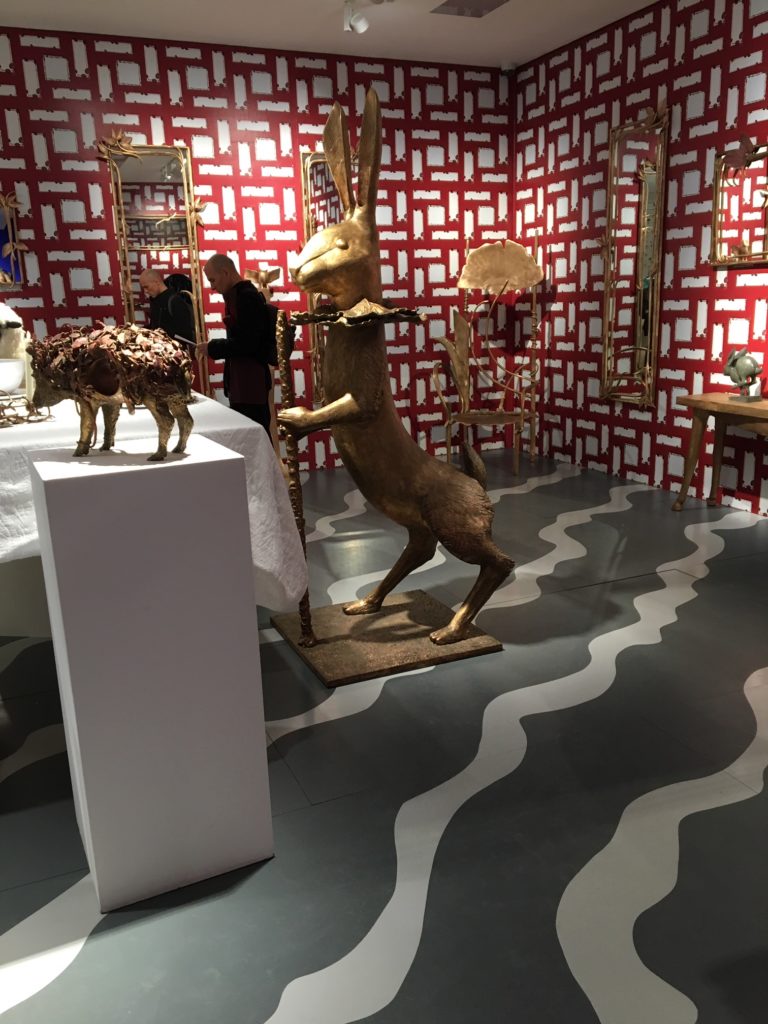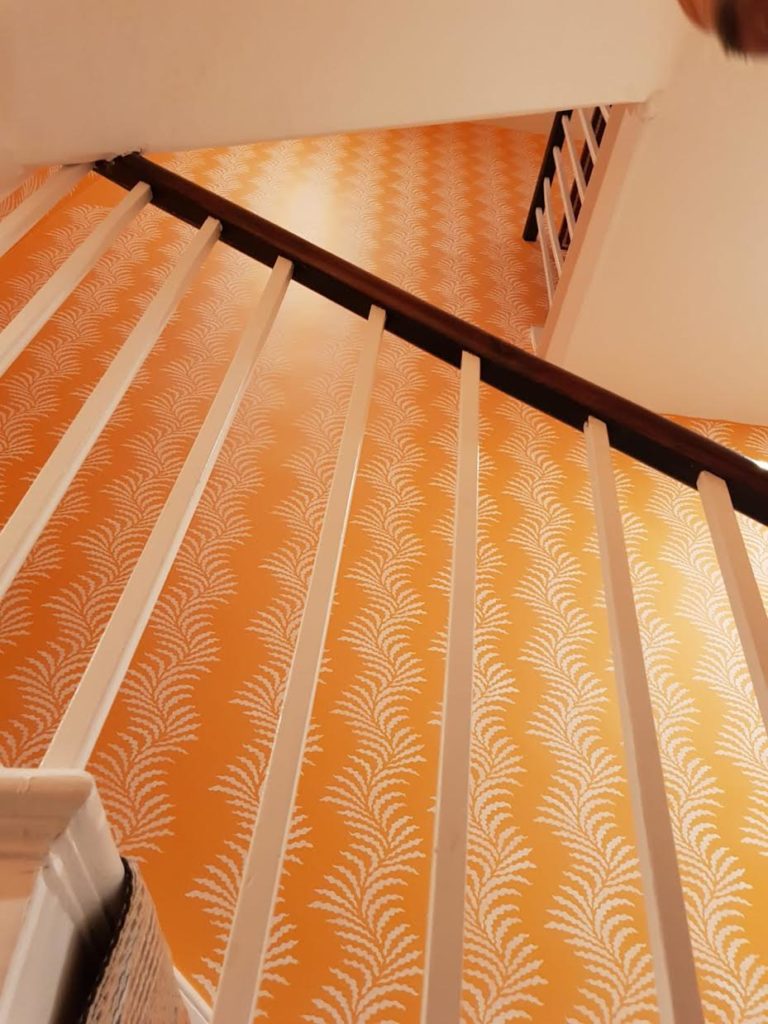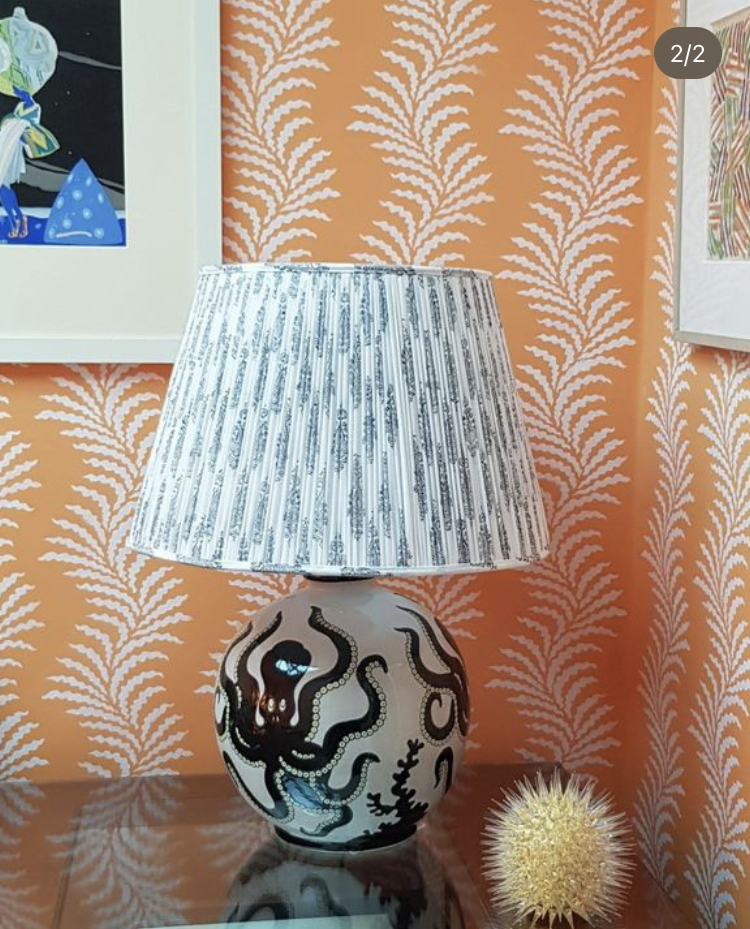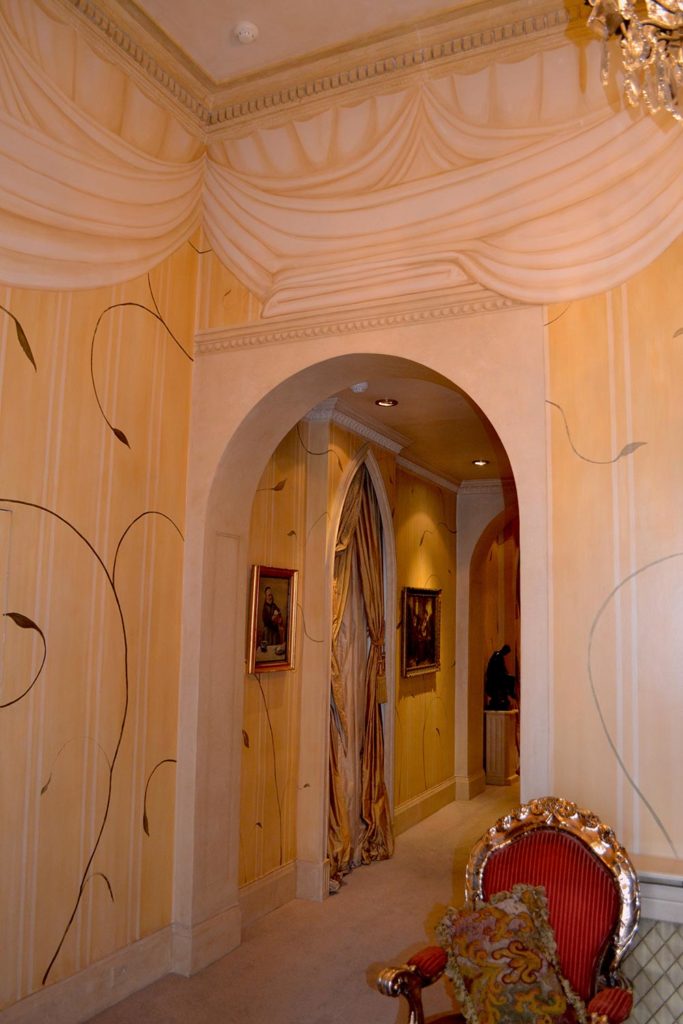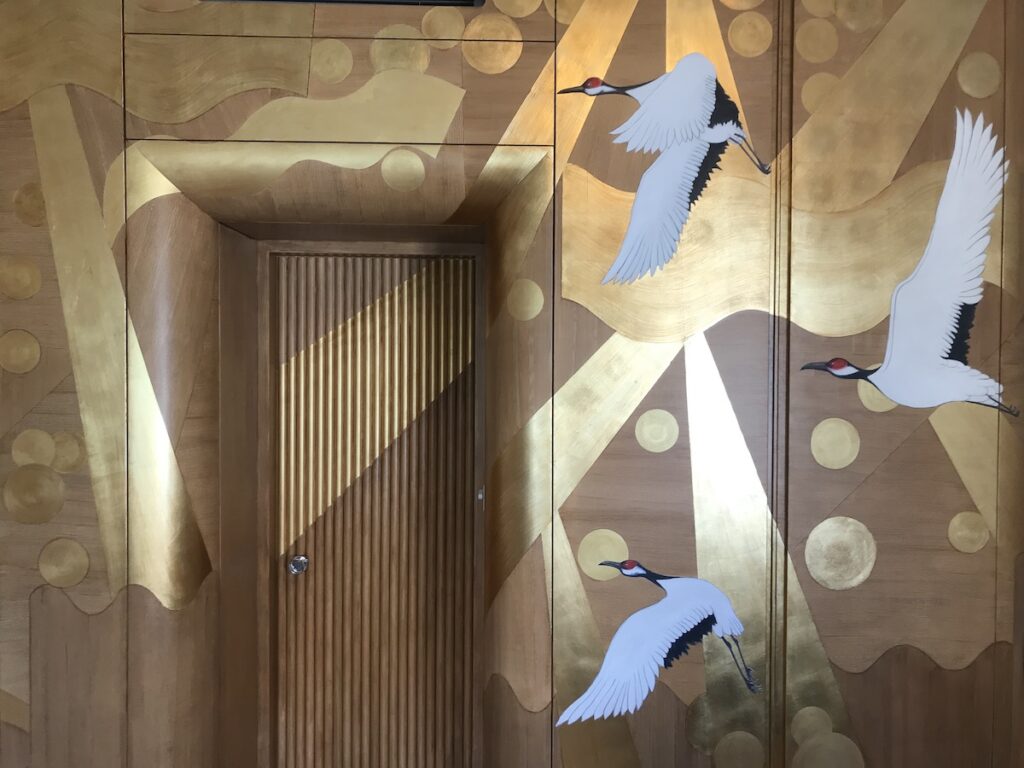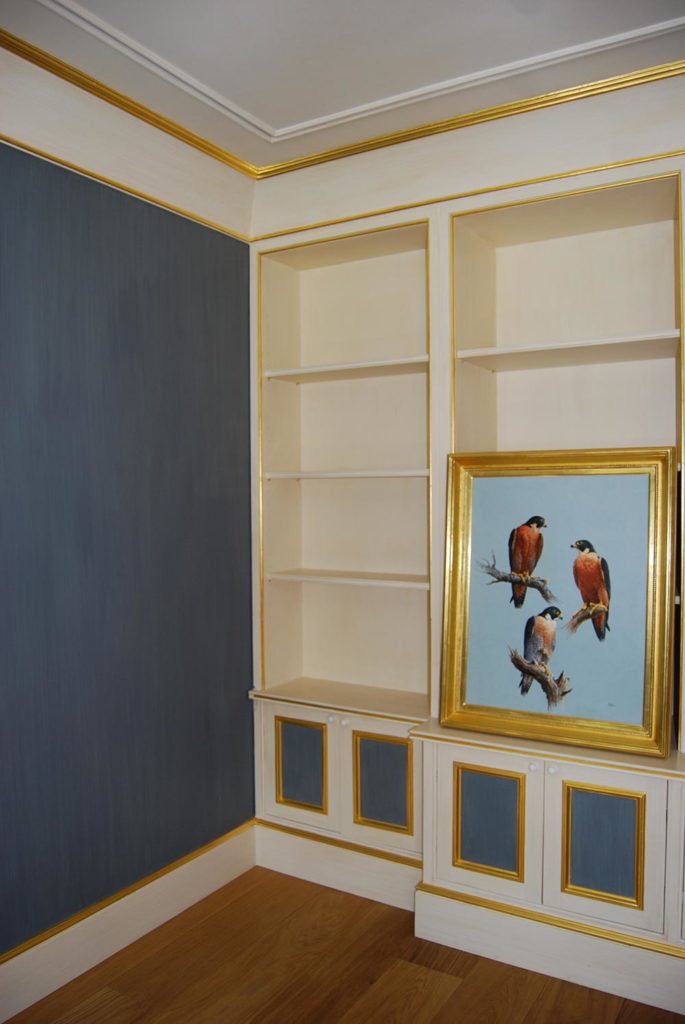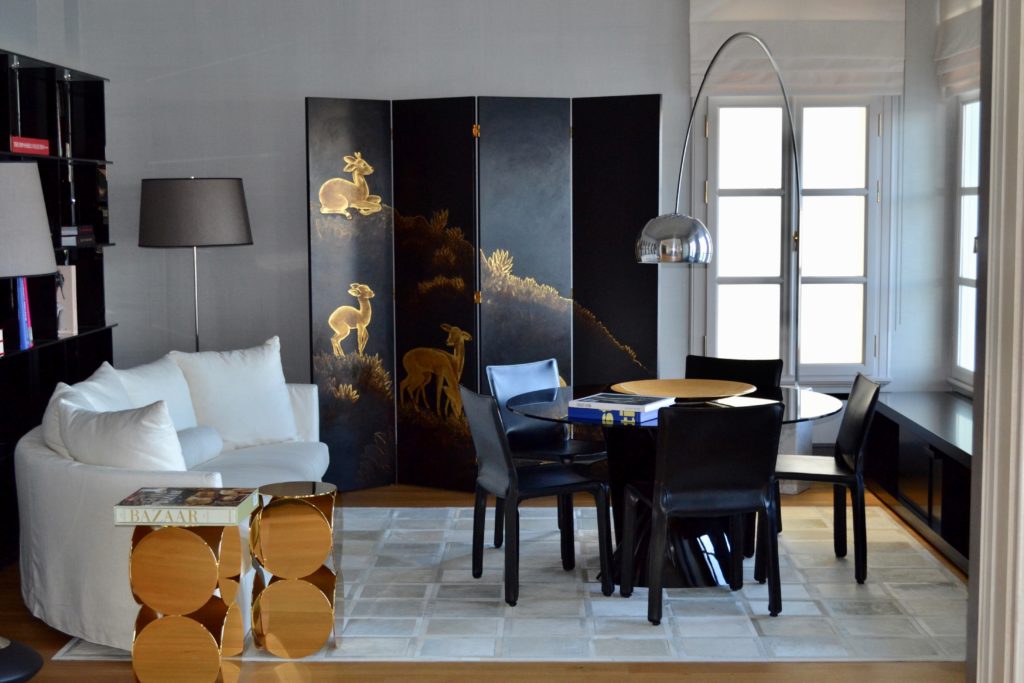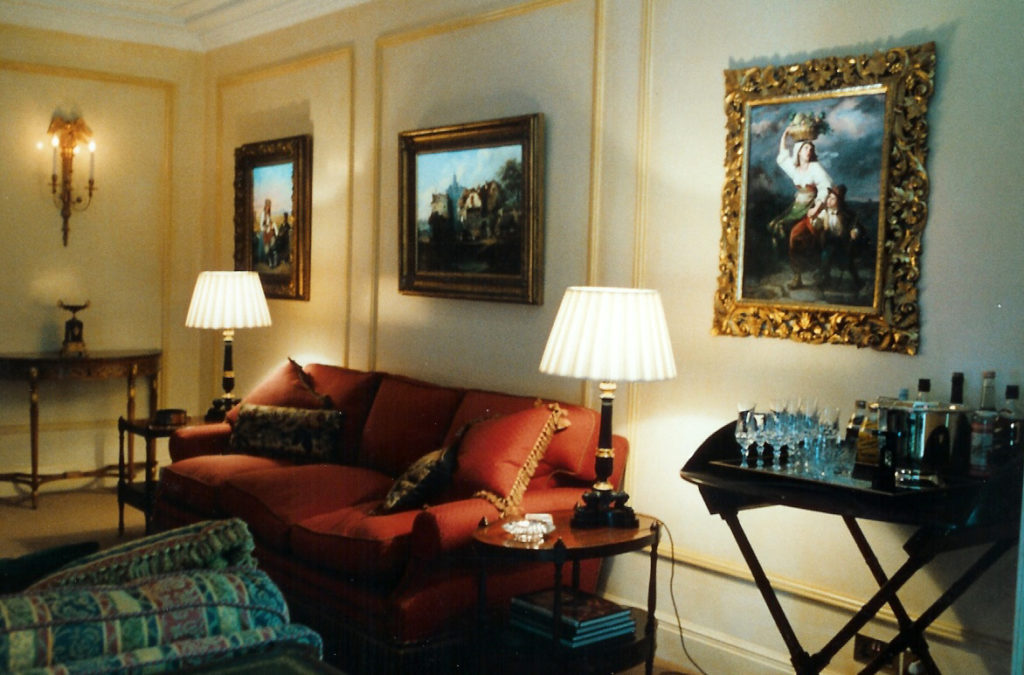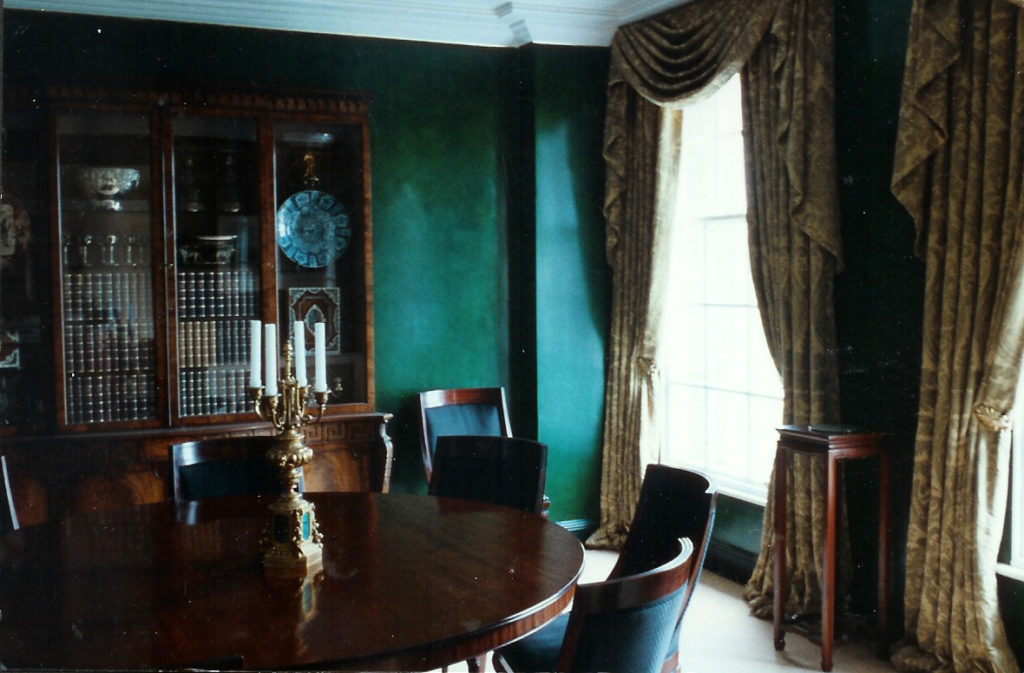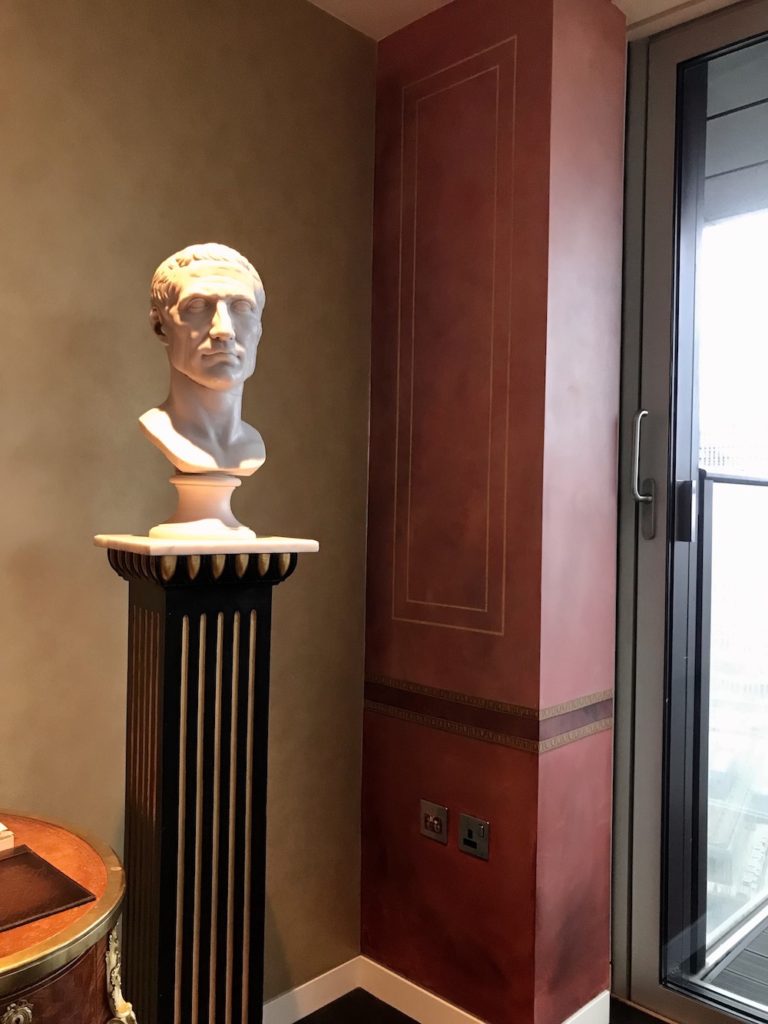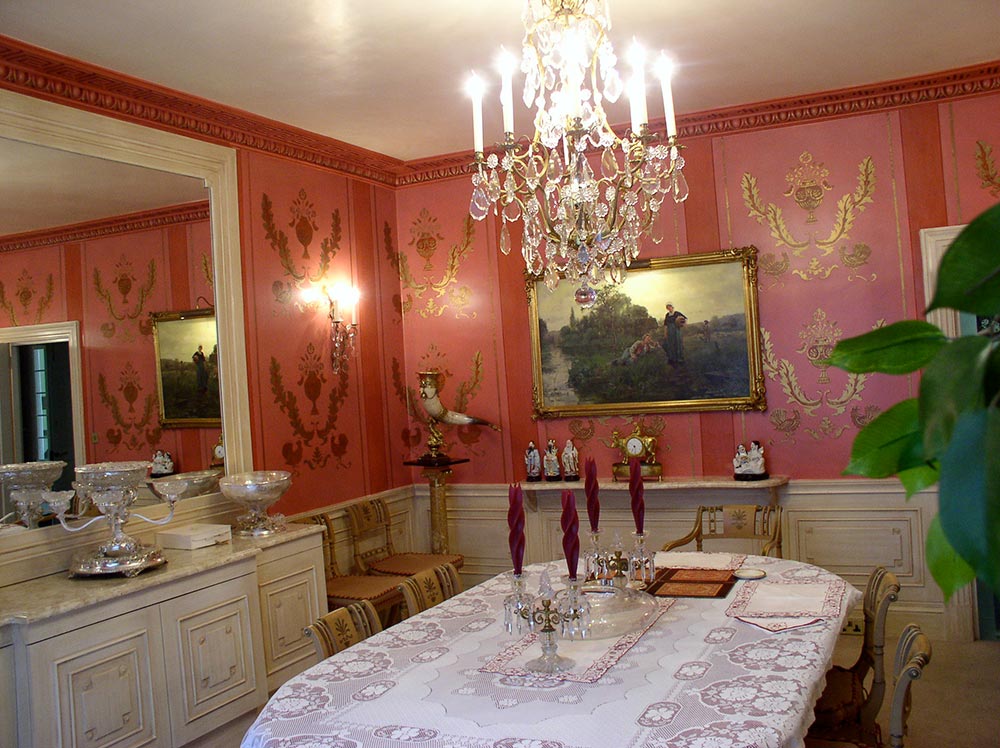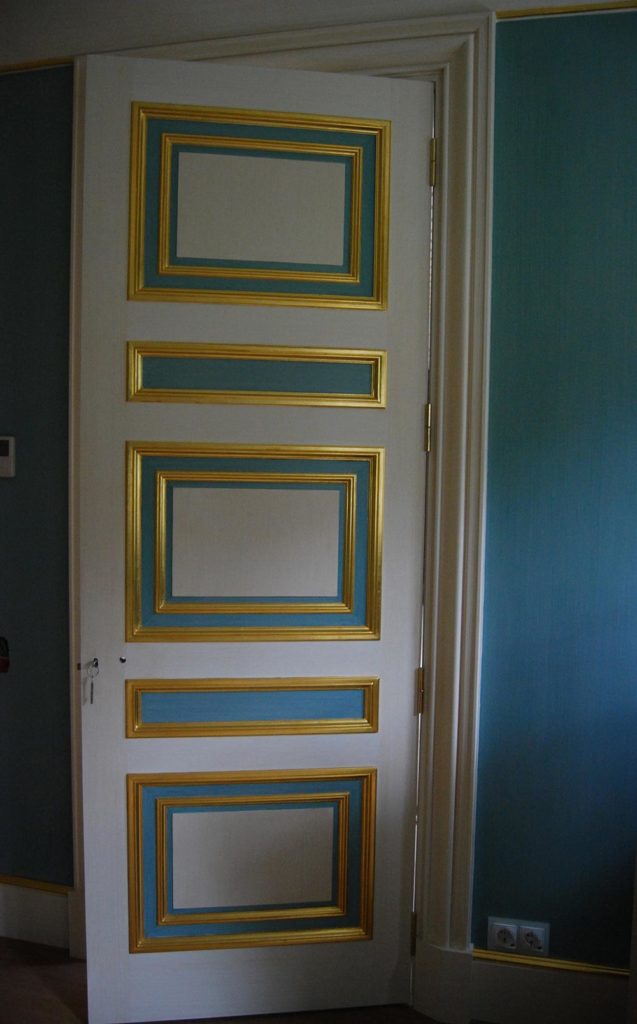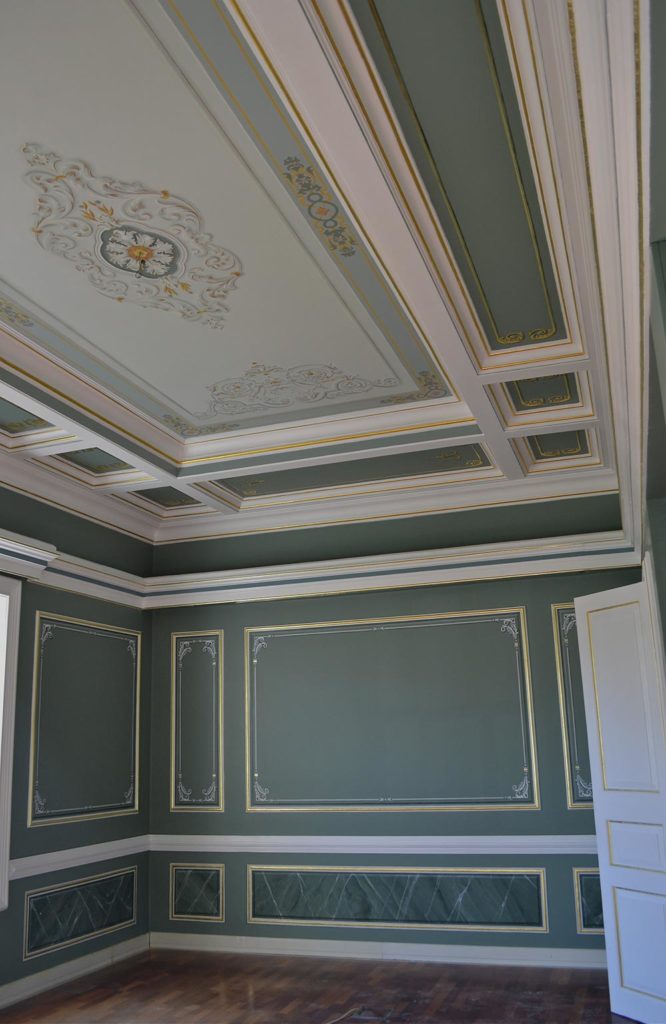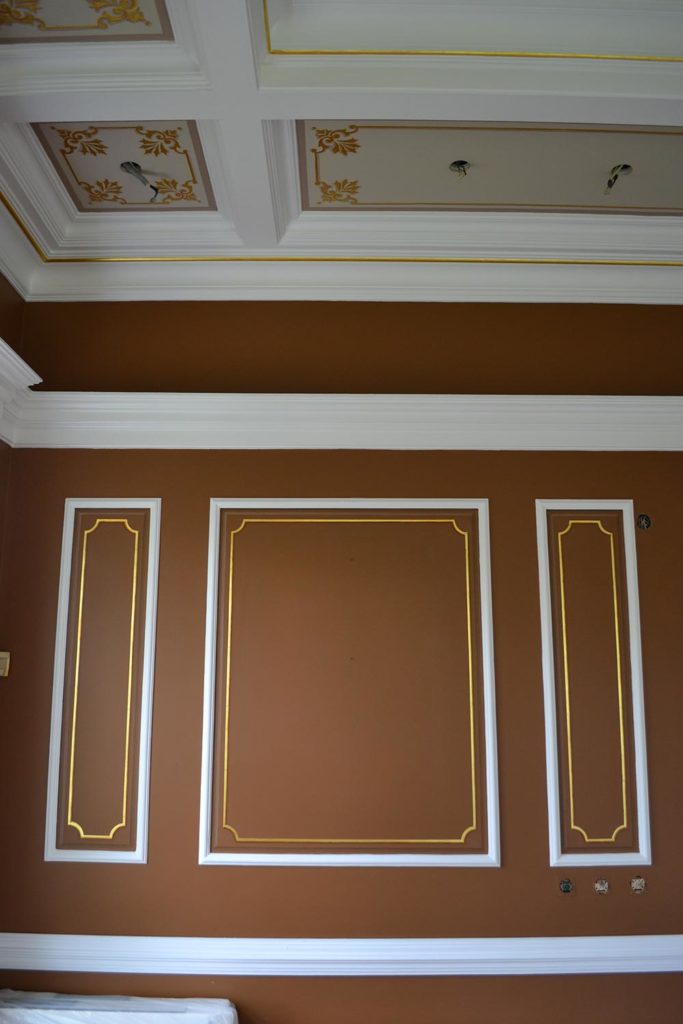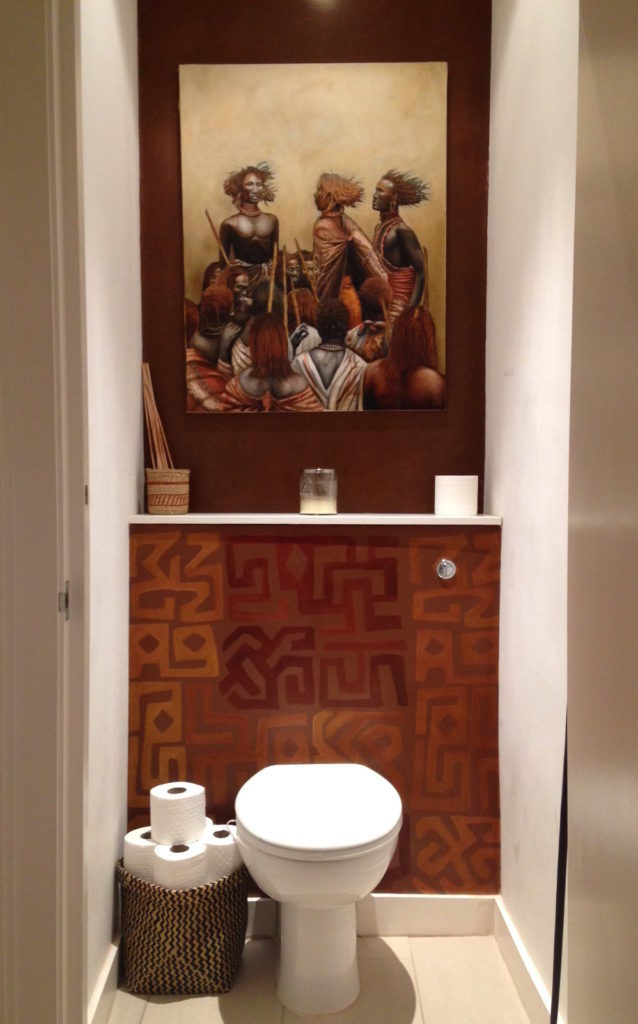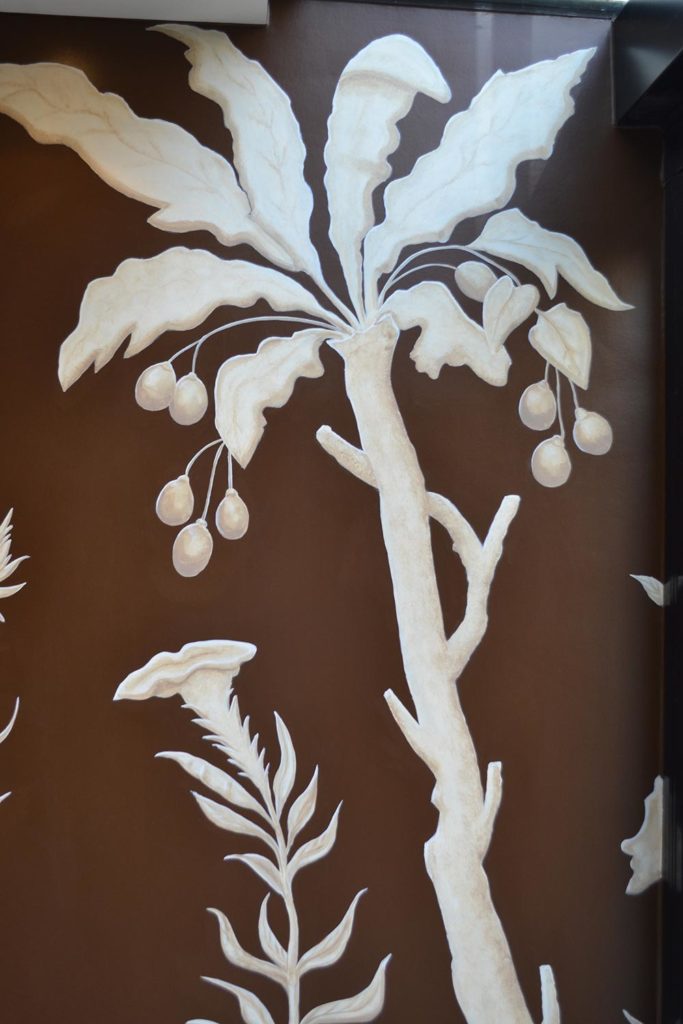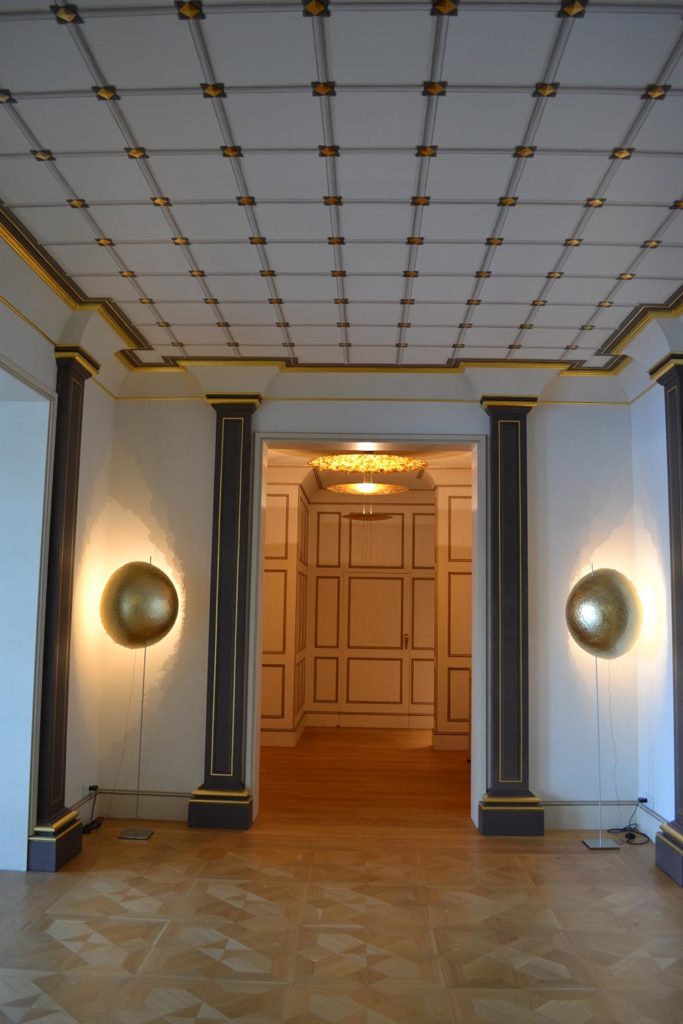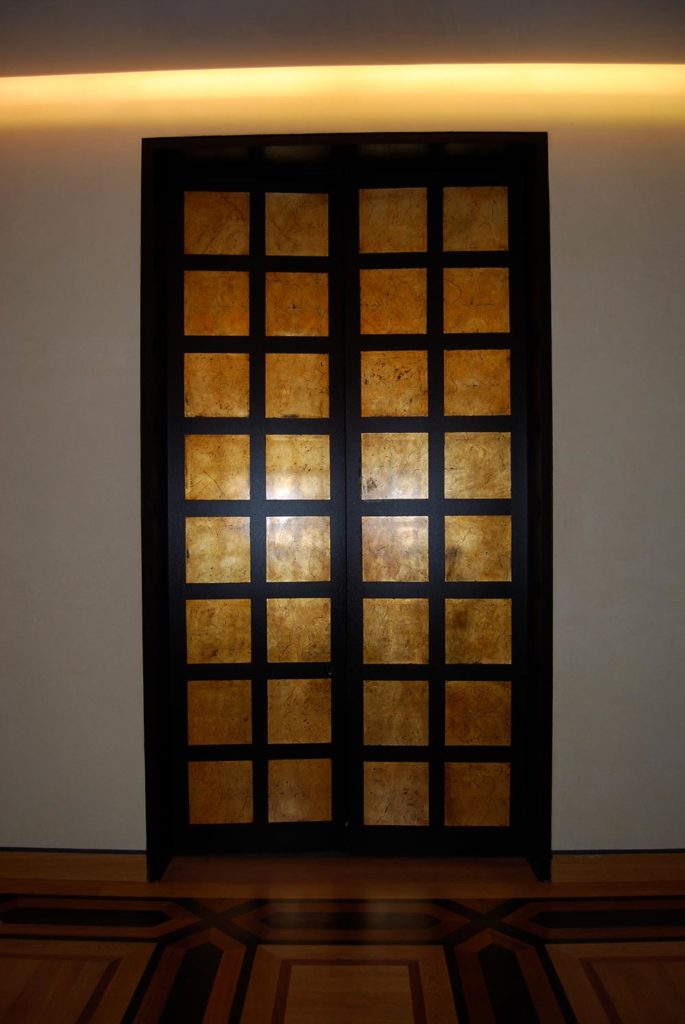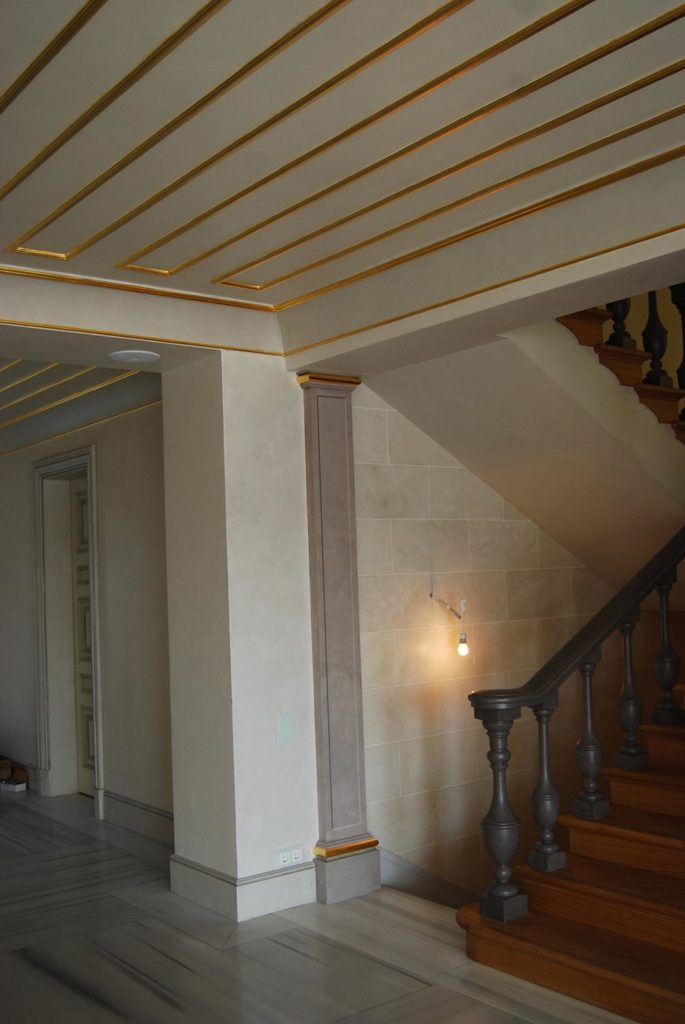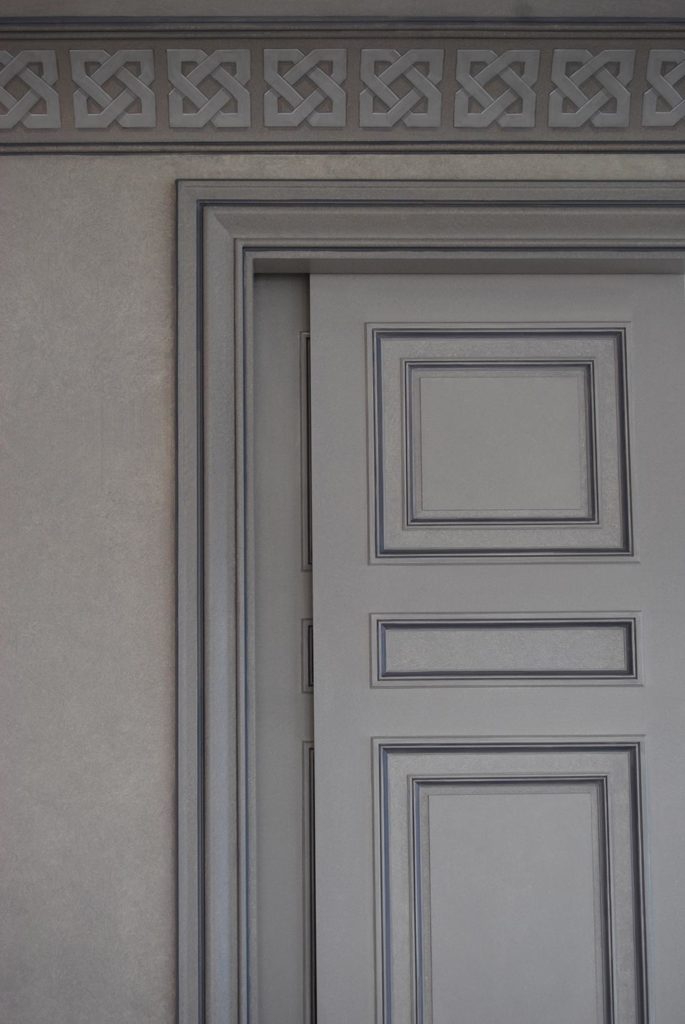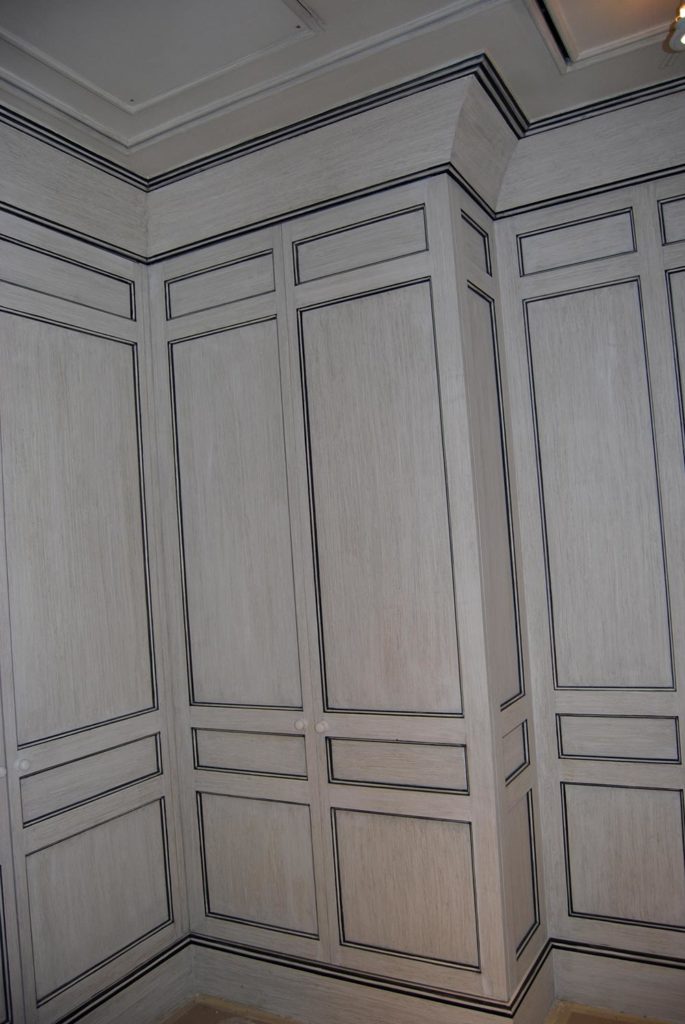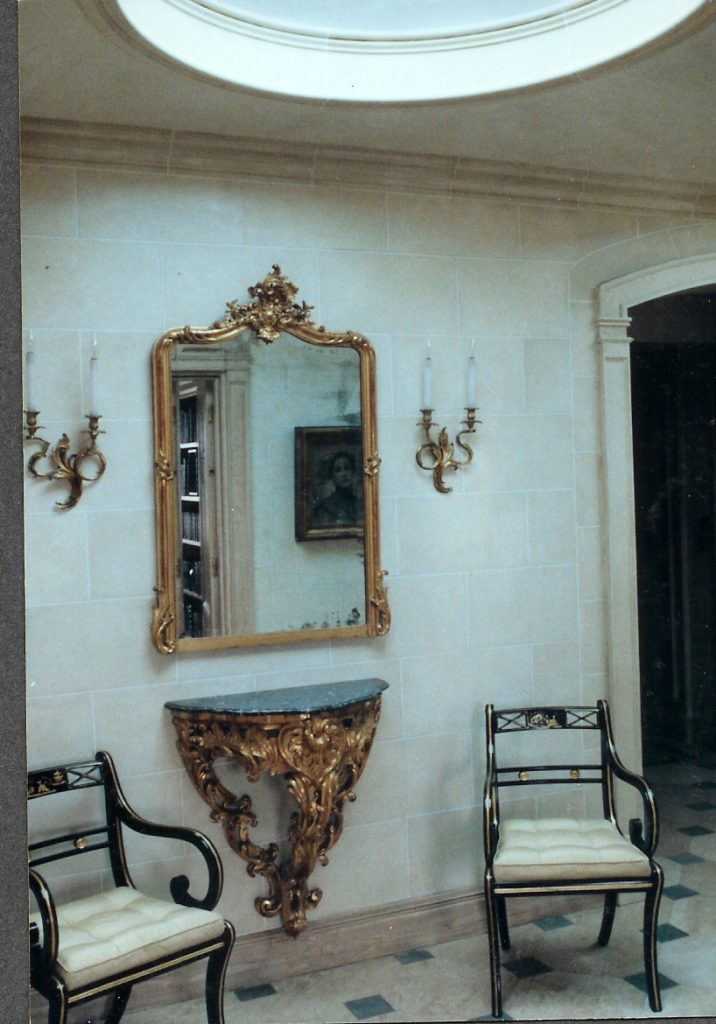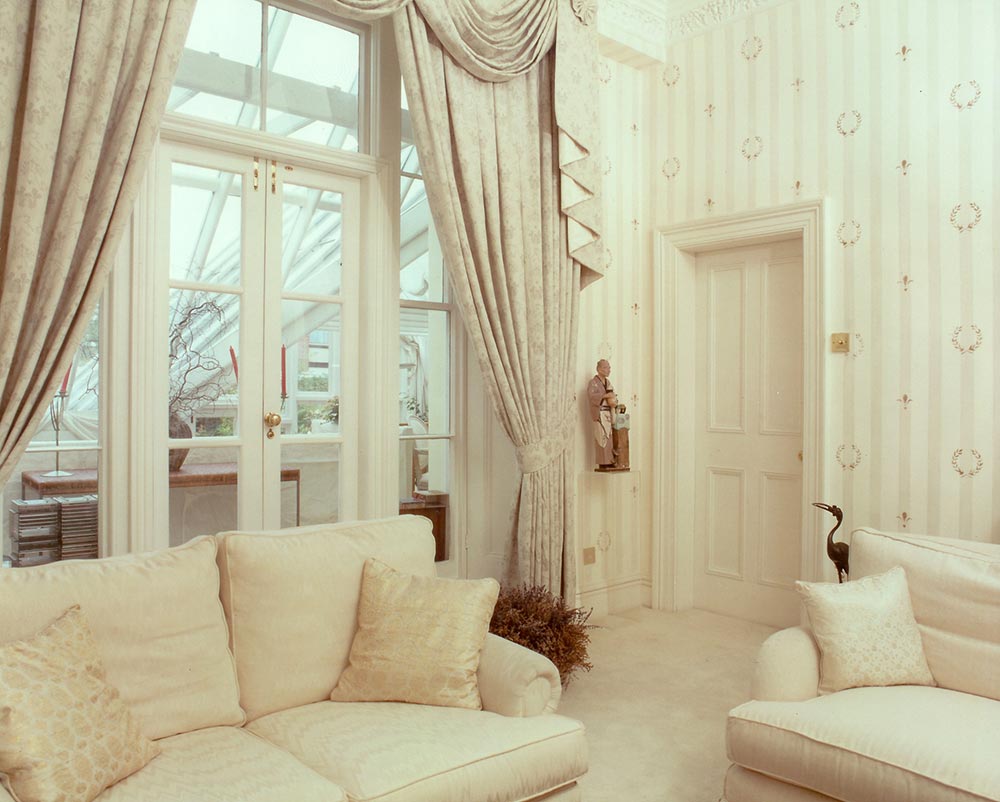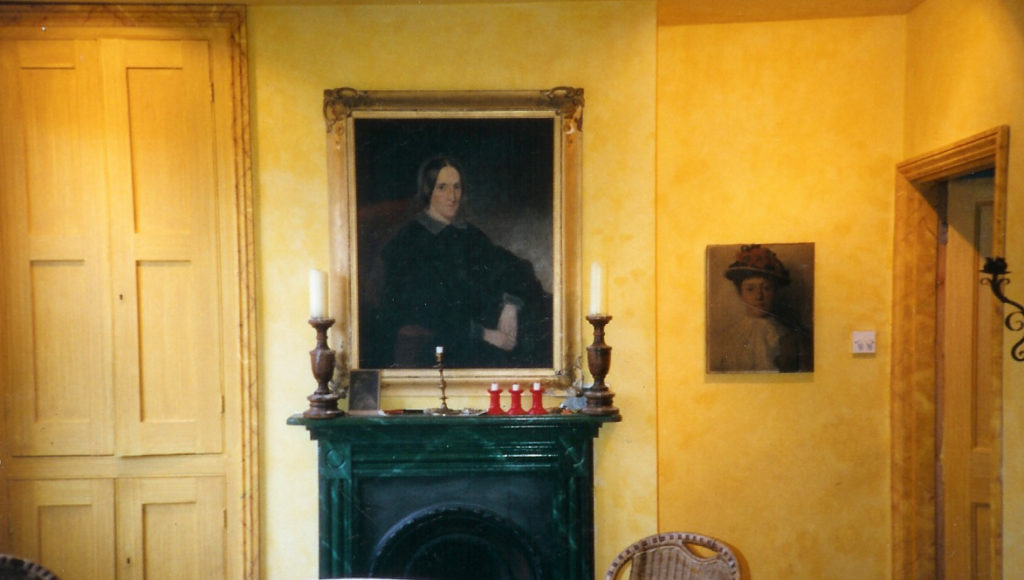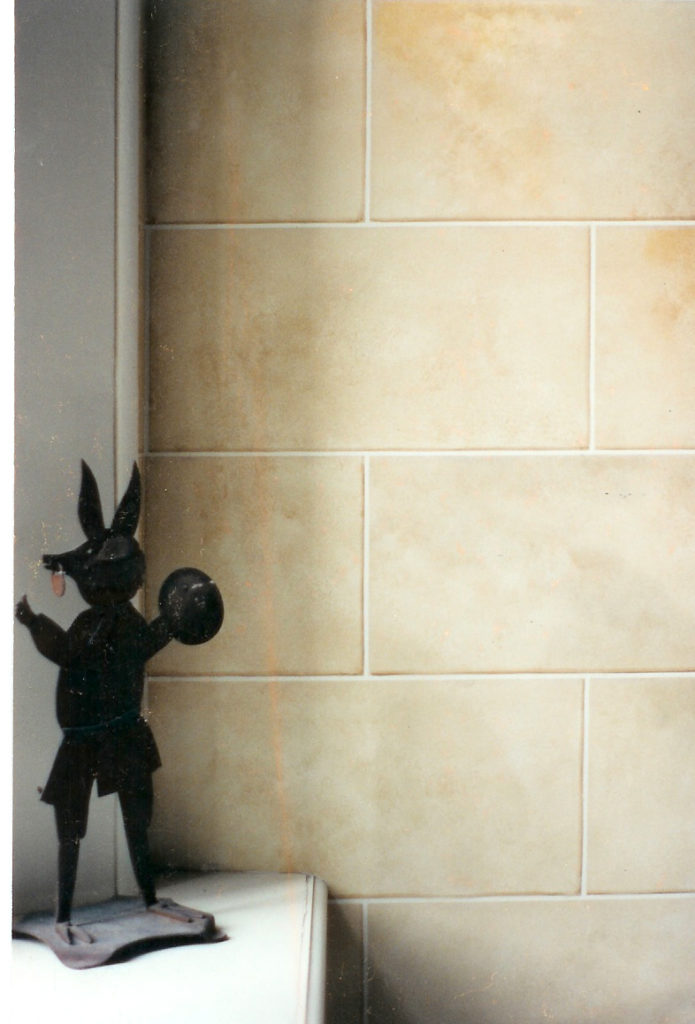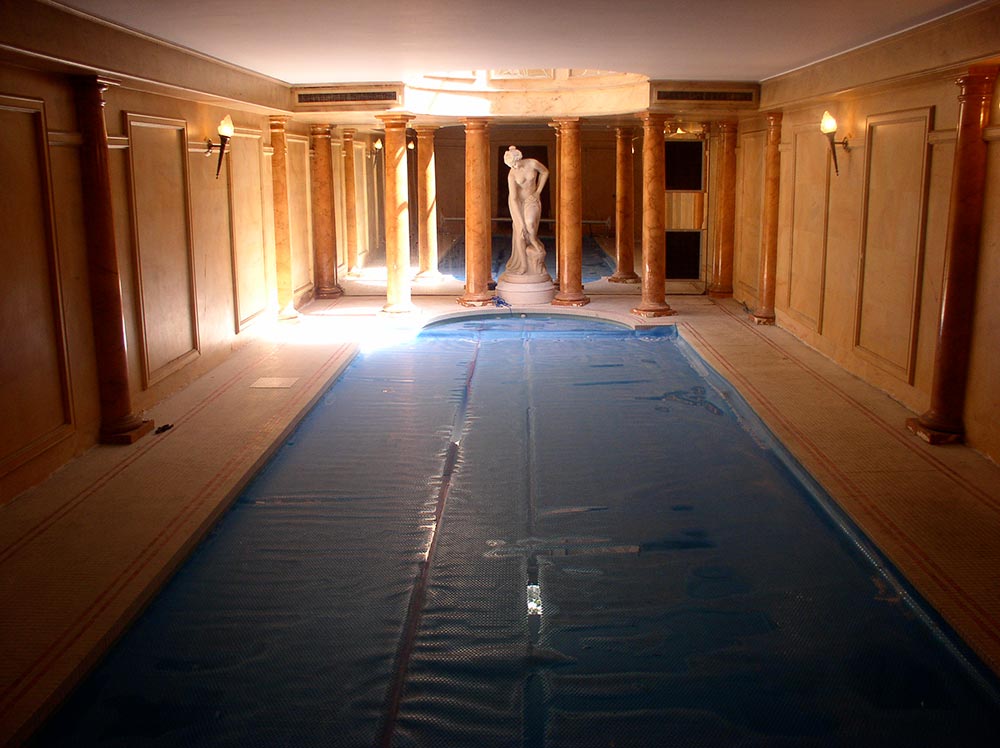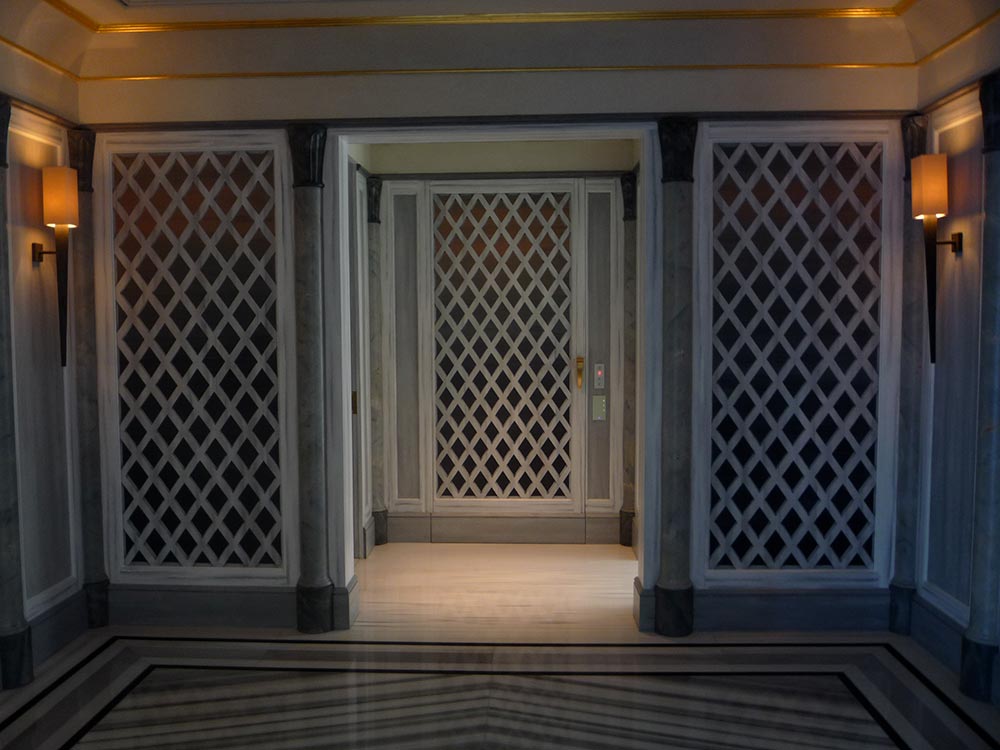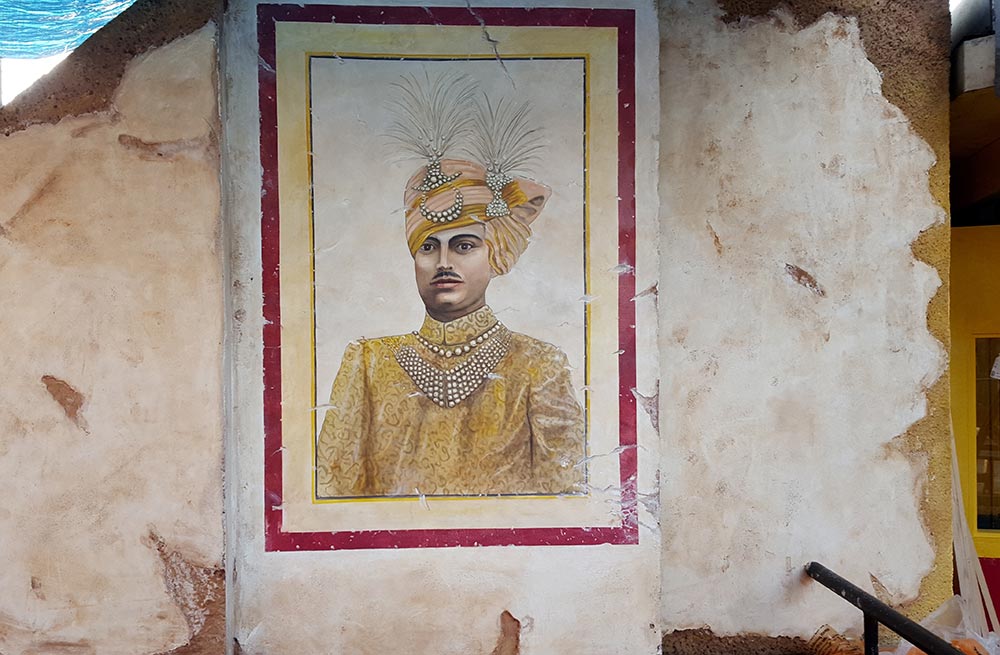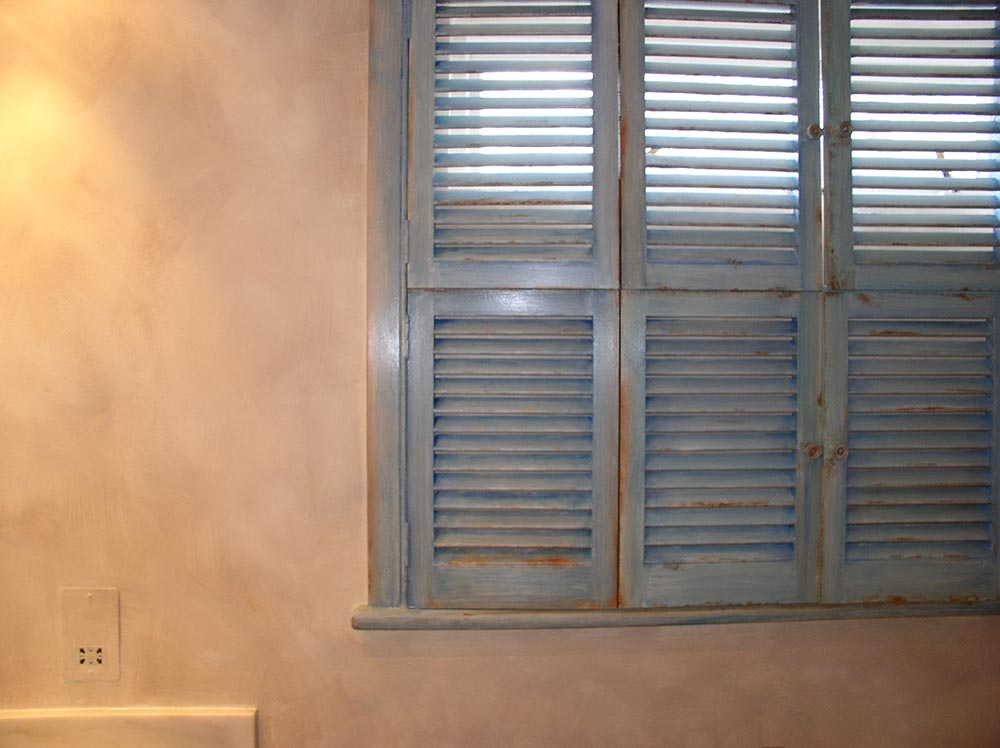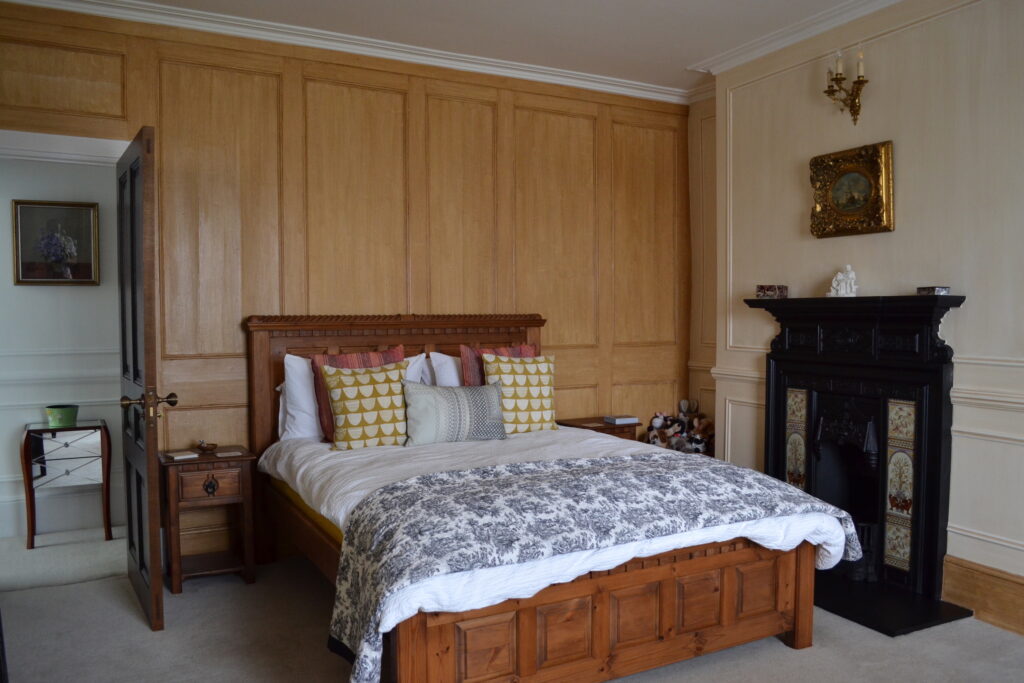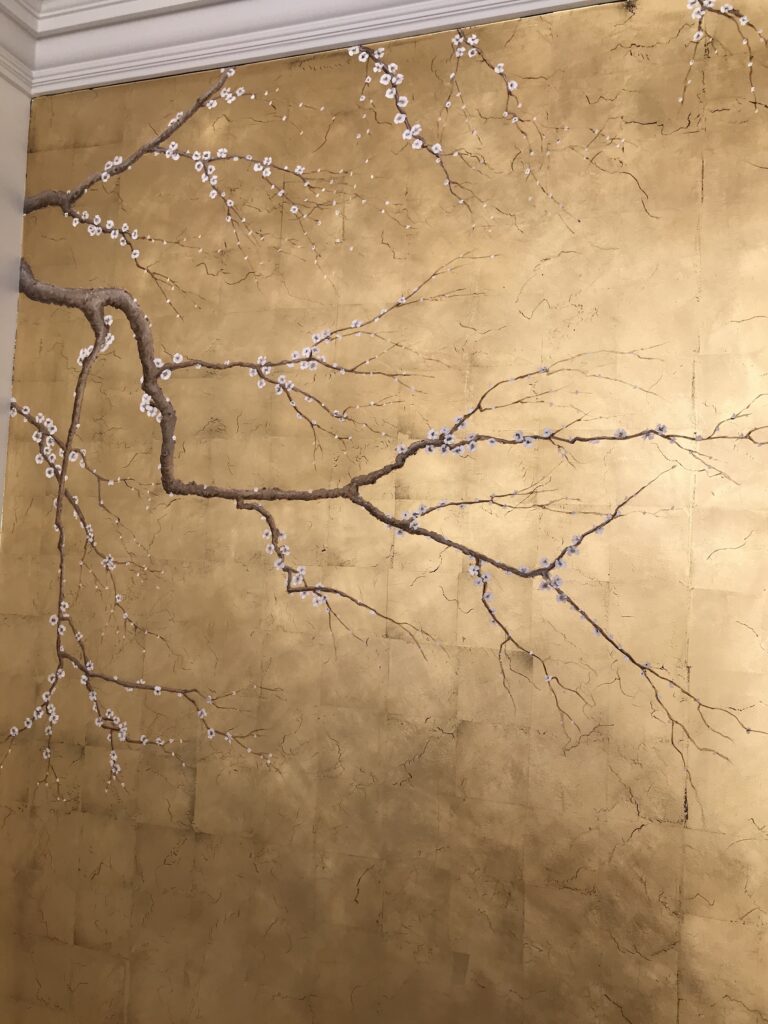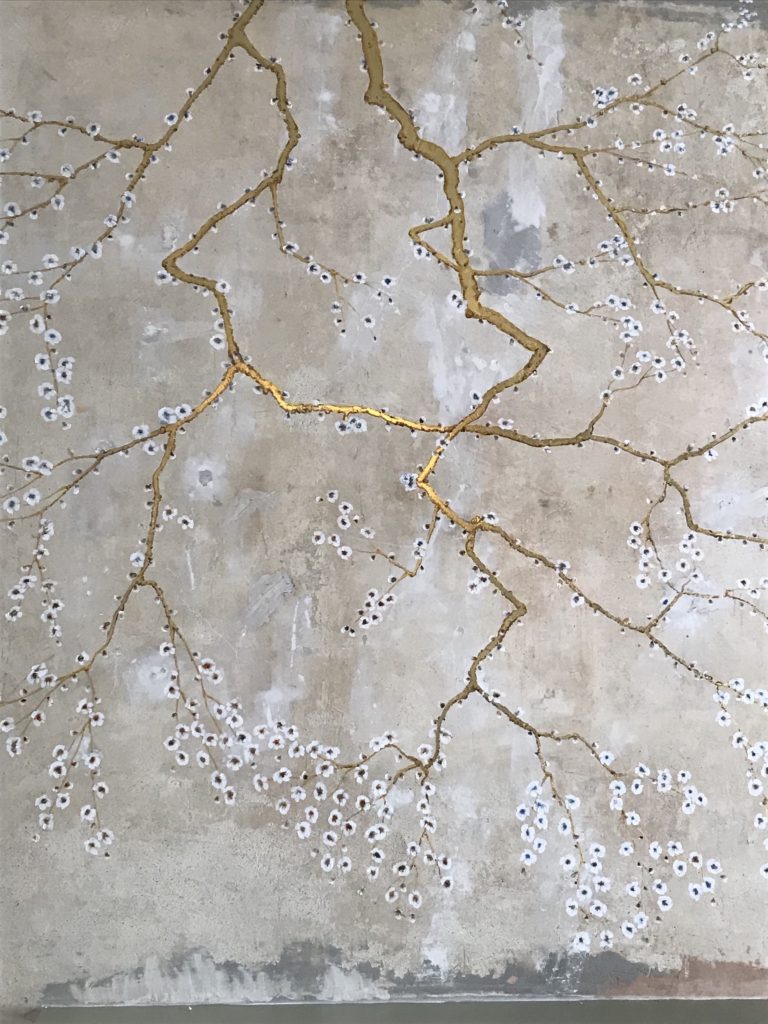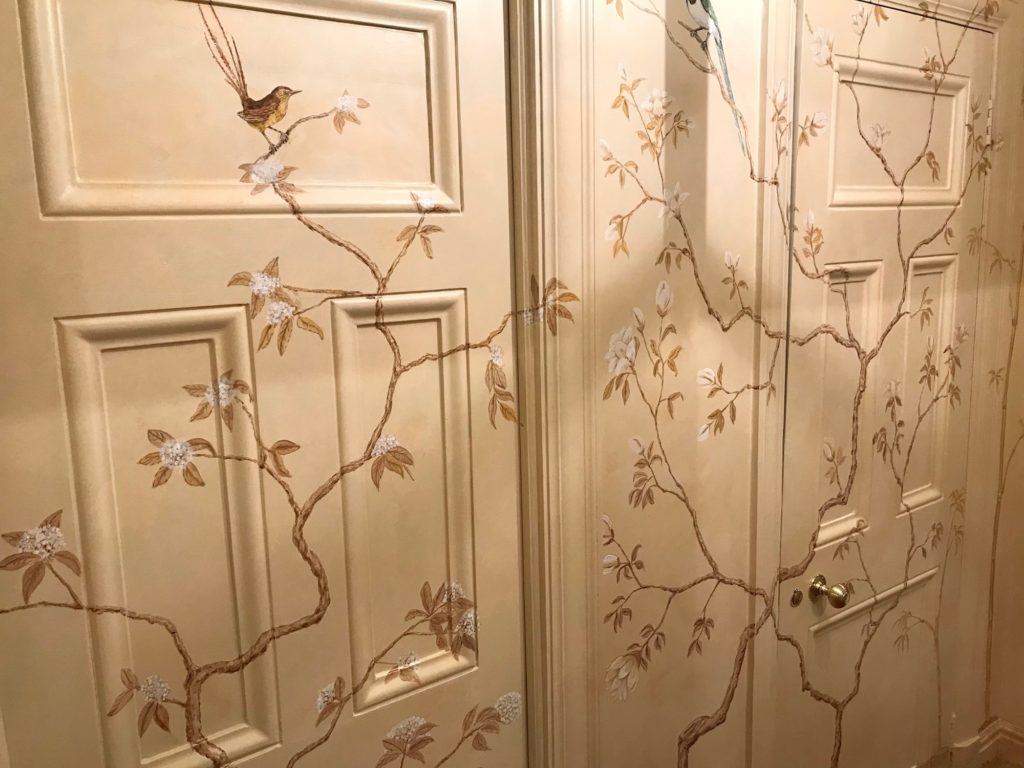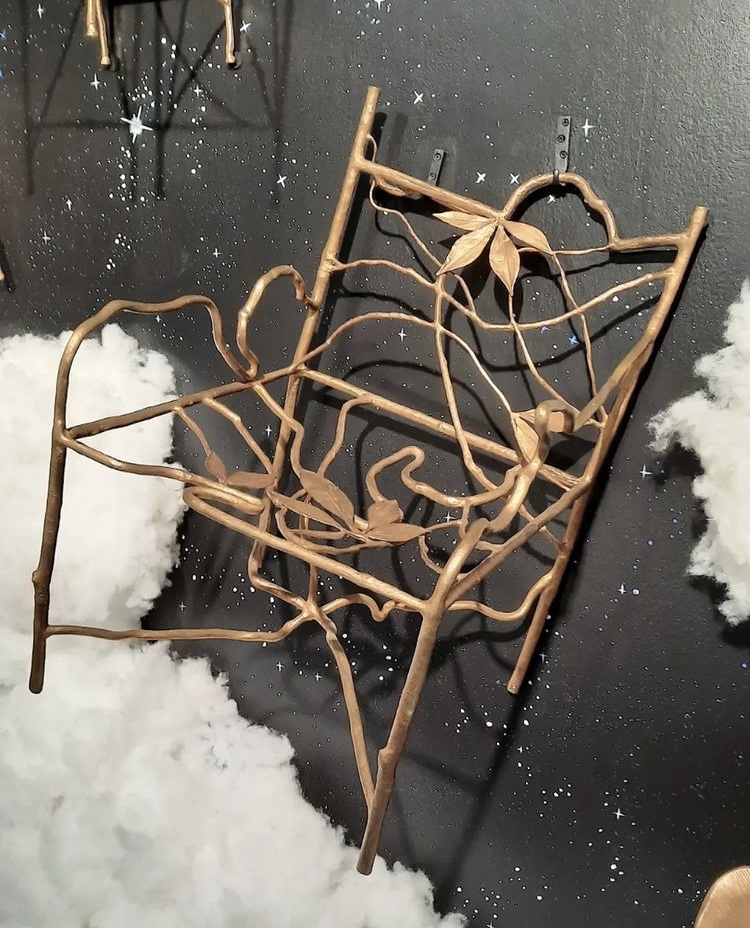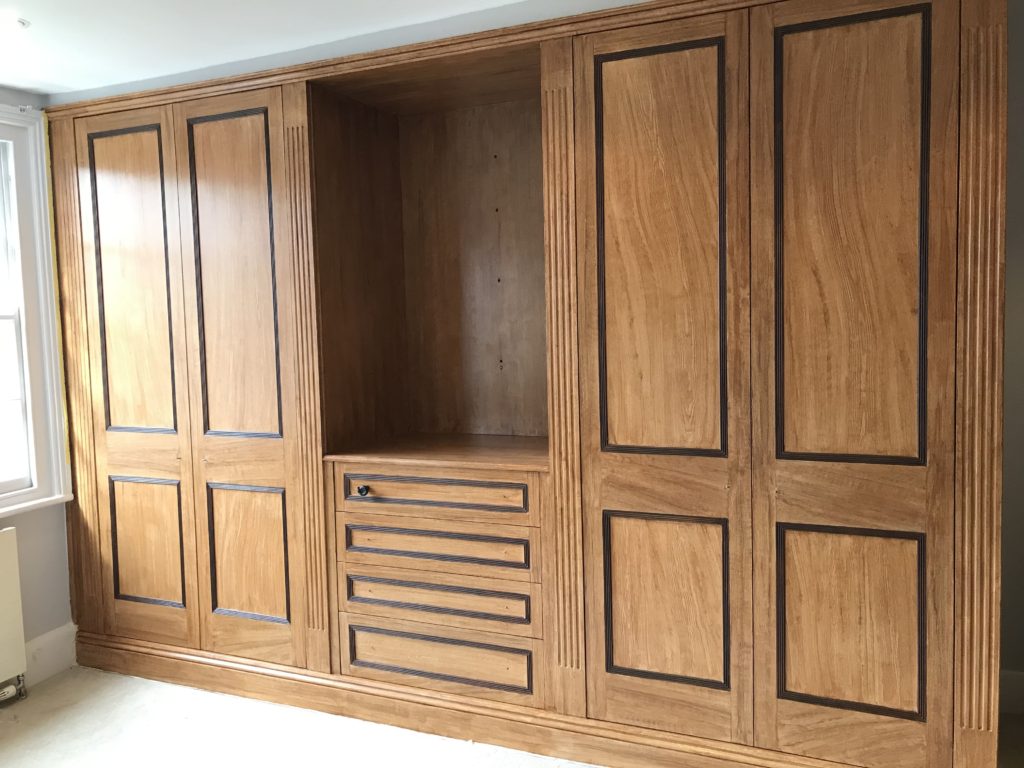Also called specialist paint finishes, these are methods for manipulating paint or making designs on wall surfaces to create decorative effects.This includes many traditional techniques such as marbling and wood graining and more contemporary stone blocking and textural finishes and many which are custom invented for a specific interior to suite the needs for modern as well classical interiors. Richard has been using these techniques since 1987 and is considered a leading expert in the area.
Faux finishes or specialist paint effects have been used for millennia. We usually think back to early cave paintings or the Romans who would paint surfaces to imitate expensive marbles which were either not available or too expensive, but what we generally think of as faux finishing in the decorative arts began with plaster and stucco finishes in Mesopotamia over 5,000 years ago.
Faux painting or faux finishing are terms used to describe decorative paint finishes that replicate marble wood and stone. Whilst this practice has always been in use for instance in pubs and large country homes and in furniture faux decorative finishes made a resurgence in the world of high-end interior design in the latter part of the 20th century.
Richard learned all the techniques during that period of heightened popularity as well as the traditional techniques such as graining, marbling, sponging, stone blocking, paint washes he pioneered his own custom techniques for specific interiors.
Today Richard uses faux finishes as part of his array of skills alongside his mural and trompe l’oeil painting, and these can be used on walls, ceilings, and even floors as seen in the faux finishes gallery.
Before starting any specialist decorating the surfaces have to be properly prepared with an eggshell or semi-gloss paint covering any filler so as to leave a surface that allows the glaze to cover evenly without being absorbed in any one place.
A glaze (scumble glaze) is a liquid specifically made for this purpose which is mixed with paint pigment to colour it and when applied onto a surface slows up the drying process allowing the artist to manipulate the surface into the required finish.
In the case more sophisticated finishes such as wood graining subsequent layers may be required to get the desired effect. The cost depends on the complexity of the finish and is usually by the square meter on walls and by the linear meter for coving and architraving, because a specialist effect can be achieved fairly quickly something beautiful can be found to improve your walls for almost all budgets.




